
“Someday a real rain will come and wash all the scum off the streets.” This pessimistic line of dialogue is recited by the emotionally unstable character Travis Bickle, played by Robert De Niro in the groundbreaking film “Taxi Driver”, which was released in 1976, directed by Martin Scorsese and written by Paul Schrader. The movie tells a story of loneliness, urban decay, and vigilantism, and it takes place in the notorious streets of New York City in the 1970s.
Stylistically, the film is a kinetic, cinematic experience as Scorsese shows off his talents as a filmmaker and storyteller, creating stunning visuals with the help of cinematographer Michael Chapman; no other film prior to the release of “Taxi Driver” could match its sheer intensity. The screenplay by Schrader captures the raw essence of the 70s, a decade of political upheaval, high rates of crime, and sexual exploitation. It’s a story with a powerful message that doesn’t preach to the choir.
After the release of “Taxi Driver”, Scorsese would go on to have a prolific career directing such films as “Raging Bull”, “Goodfellas”, “Gangs of New York”, “The Departed”, and “Wolf of Wall Street”, and is widely recognized as one of the greatest filmmakers of all time.
At the age of 74, the director hasn’t slowed down one bit, releasing the critically-acclaimed film “Silence” in 2016. However, “Taxi Driver” remains his greatest cinematic accomplishment, and 40 years later, the film is still a powerful, hardcore, and timeless work of art.
1. Old Gritty New York City
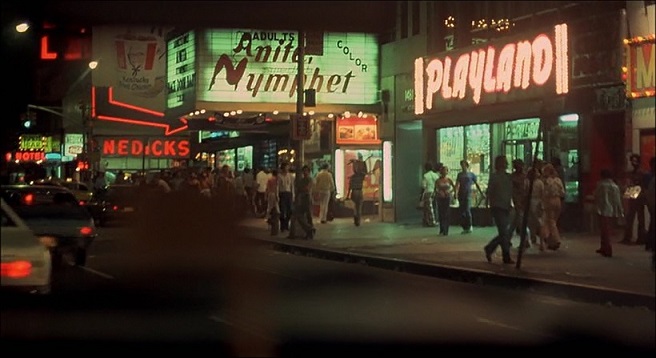
Before ‘the city that never sleeps’ became a safe haven for hipsters to take up residency, New York City was the scariest place in the world if you weren’t born and raised there. The city had a thriving red light district located at the crosswalk of 42nd Street, near Times Square.
Plenty of X-rated movie theaters and sex shops existed throughout the city, and pimps and prostitutes were the norm. The subway system was covered with graffiti, crime was at an all-time high, and most people avoided Central Park at night. On the surface, New York appeared to be an immoral city in need of redemption.
While many outsiders felt like New York was a place where no one in their right mind would want to live, one fact couldn’t be refuted: the rich and famous celebrities, and the most powerful influential people in the world all called the city home.
New York is the only place where the rich and poor walk the city streets together or ride on the subway with one another. Before rents in the city became unsustainable, the best up-and-coming artists in the world lived here, and musical genres such as hip-hop and punk rock were created here and thrived.
Scorsese captured the gritty underworld of the city, casting it as a supporting actor in the film and most times, the city of New York steals the show in “Taxi Driver”. If there wasn’t an old gritty New York City, it’s hard to imagine “Taxi Driver” taking place in another location and having the same visceral impact.
2. Robert De Niro
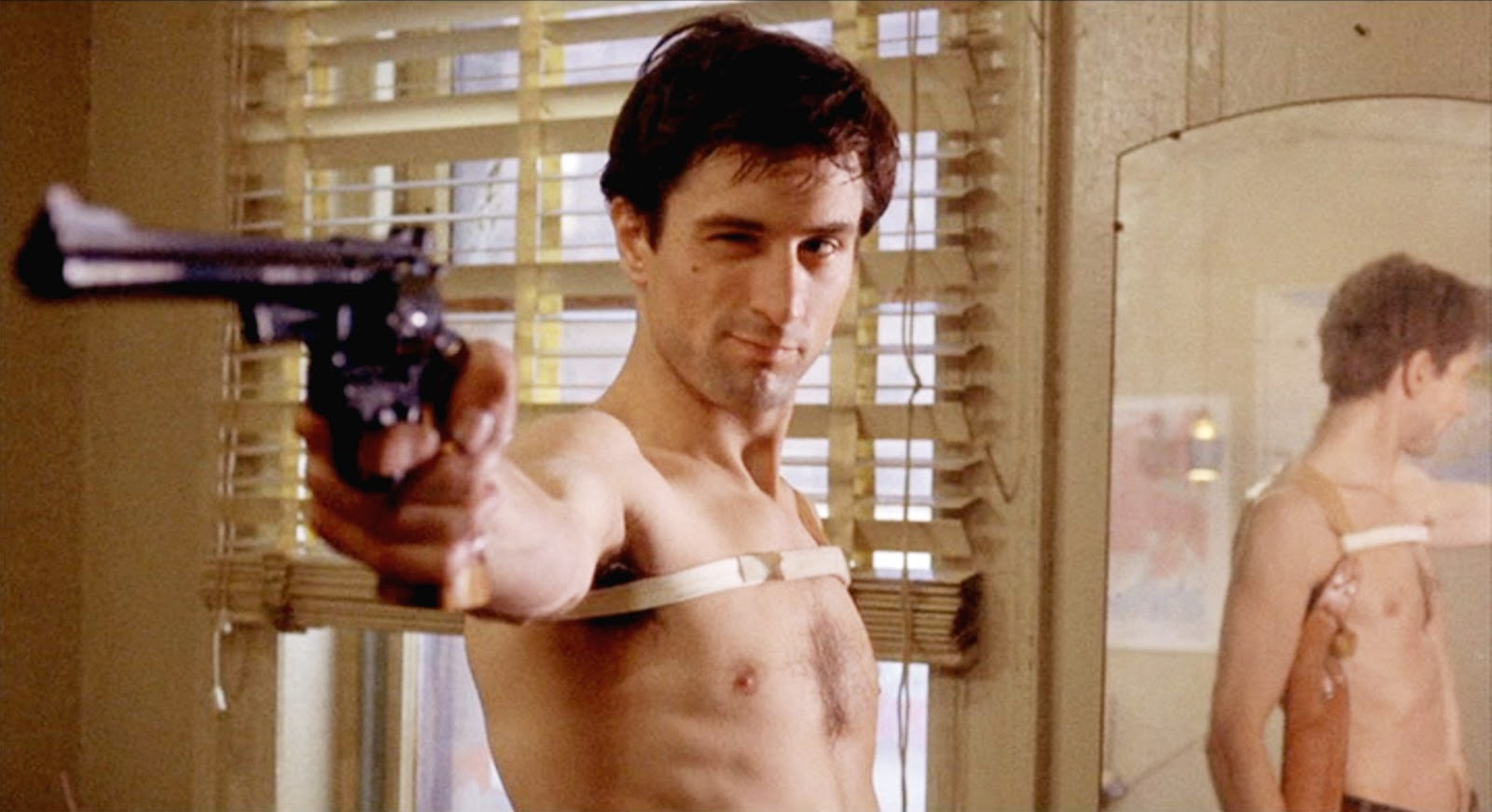
From his roles in “Mean Streets”, “The Godfather: Part II”, “The Deer Hunter”, Once Upon a Time in America”, and Michael Mann’s “Heat”, Robert De Niro has starred in some of the most compelling movies of the 20th century. In his heyday, audiences and critics all agreed that De Niro was the best actor working in the industry at the time. Being a method actor, De Niro, who was already an Oscar winner, drove a yellow cab around the city and picking up fares to prepare for his role in “Taxi Driver”.
Playing the lead character Travis Bickle, De Niro’s performance is brilliant in the way he conveys loneliness, social awareness, and isolation. You can’t help but have sympathy for the friendless cab driver, but as the character develops, the transformation becomes scary; he’s slowly losing his mind right before our eyes and graduates from being mentally unstable to becoming a cold-blooded killer in the form of a vigilante when he shoots and kills a would-be robber inside a store.
Travis begins to descend deeper into madness, preparing himself for a confrontation unknown to the audience until the very end of the film, and while talking to himself into a mirror while playing with a firearm, De Niro utters that icon line everyone knows: “You talkin’ to me?” De Niro’s performance is masterful because we go from feeling sympathetic for his character to being disturbed by his behavior, and at the end of the movie, the audience views Travis Bickle as a flawed yet heroic individual, and the fact that De Niro was able to pull off the subtle nuances of this complex character shows what a great actor he is.
3. Martin Scorsese
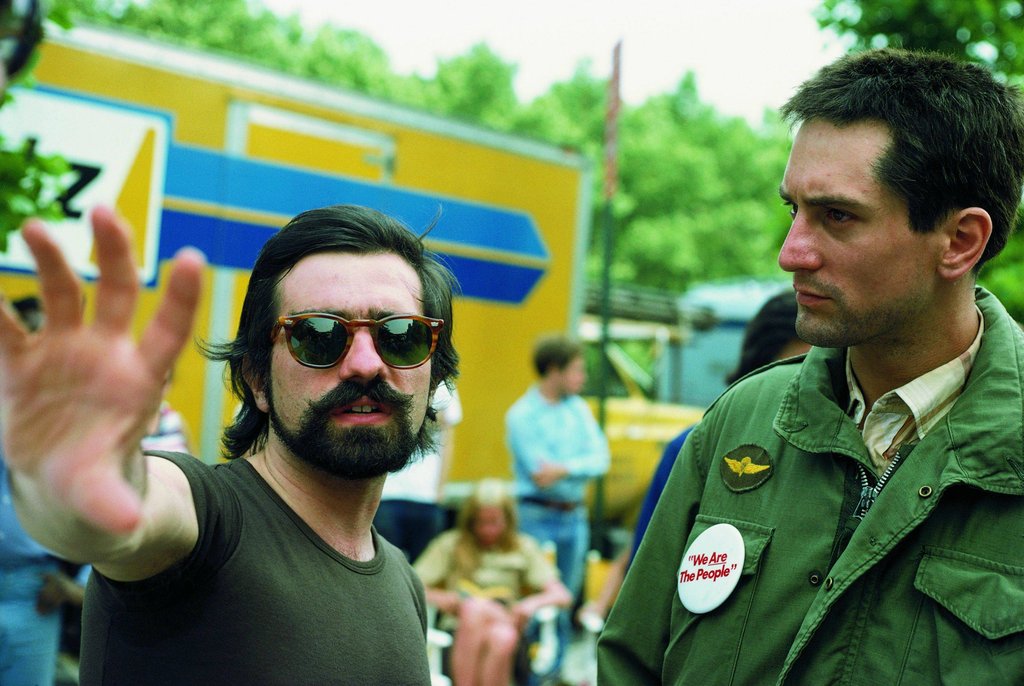
Director, screenwriter, historian, and founder of The Film Foundation, an organization dedicated to film preservation, Martin Scorsese is more than just a filmmaker – he’s a renaissance man for cinema itself. Born in Queens, New York and raised in Little Italy, Scorsese was the perfect director to bring “Taxi Driver” to the big screen. The project was controversial from its inception, so everyone working on the film took pay cuts and the movie was done on a low budget so it could get made.
Cinematographer Michael Chapman credits the low budget as one of the reasons why the film turned out the way it did, and said: “Much of the way the movie looks was dictated by the fact that we didn’t have a lot of time and didn’t have a lot of money and therefore couldn’t do traditional things.
We couldn’t light the streets with big lights. We had to take our level of light down to let New York light itself. Of course, that turned out to be exactly the right thing to do, and I was eager to do it in a terrified sort of way. Thank God we didn’t have any more time or money.”
What the production lacked in budgetary resources was more than made up on a creative level as Scorsese’s camera movement, use of slow motion, and the precision-like editing brings the movie to life, and his choice to present the material in a realistic tone makes it a gorgeous film to watch, but at the same time, a disturbing experience.
With the release of “Taxi Driver”, Scorsese established himself as a filmmaker with a truly original visual style. His movies are beautiful to look at, edgy, and have an in-your-face style of filmmaking, “Taxi Driver” would become Scorsese’s greatest achievement because it would go on to set the tone for the type of visual excitement and gritty material that Scorsese would create for the next 40 years.
4. Paul Schrader
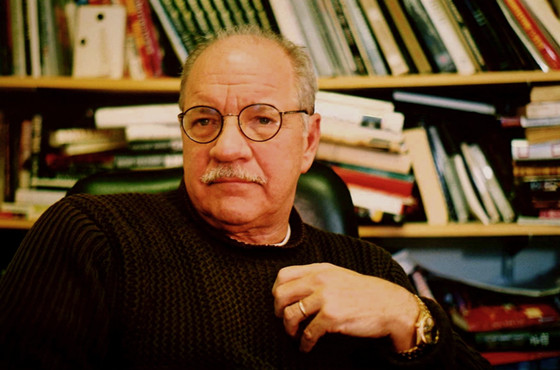
For a man who didn’t see a motion picture until the age of 17 due to his religious upbringing as a Calvinist Christian, Paul Schrader has written and directed some of the best movies of the 20th century, directing such films as “Blue Collar”, “American Giglio”, “Cat People”, and “Affliction”, but his most lasting piece of art is the screenplay for “Taxi Driver”, which was created while the writer was suffering through a Travis Bickle-like life crisis himself. And if it wasn’t for Brian De Palma, the movie may have never been made.
Schrader described the experience in an interview he did with Hollywood Reporter: “I had a series of things falling apart, a breakdown of my marriage, a dispute with the AFI, I lost my reviewing job. I didn’t have any money and I took to drifting, more or less living in my car, drinking a lot, fantasizing. The Pussycat Theater in LA would be open all night long, and I’d go there to sleep. Between the drinking and the morbid thinking and the pornography, I went to the emergency room with a bleeding ulcer. I was about 27, and when I was in the hospital, I realized I hadn’t spoken to anyone in almost a month. So that’s when the metaphor of the taxi cab occurred to me, this metal coffin that moves through the city with this kid trapped in it who seems to be in the middle of society but is in fact all alone. I knew if I didn’t write about this character, I was going to start to become him if I hadn’t already. So after I got out of the hospital, I crashed at an ex-girlfriend’s place, and I just wrote continuously. The first draft was maybe 60 pages, and I started the next draft immediately, and it took less than two weeks. I sent it to a couple of friends in LA, but basically there was no one to show it to until a few years later I was interviewing Brian De Palma, and we sort of hit it off, and I said, You know, I wrote a script, and he said, Okay, I’ll read it.”
De Palma loved the script but felt the material wasn’t best suited for him; however, he did pass it on to his good friend Scorsese, and the rest is history. After reading the script, Scorsese fought hard for the next couple of years to get the film made; the material was controversial and a lot of studios was afraid to make “Taxi Driver”.
However, after De Niro won an Oscar for Best Supporting Actor for his role in “The Godfather: Part II”, the movie was finally green-lighted because De Niro was attached to star as Travis Bickle. Scorsese always credits the screenplay for “Taxi Driver” as being the driving force behind the success of the film and Schrader’s story of loneliness, and the nightmarish reality of insanity still packs a punch 40 years later.
5. Bernard Herrmann
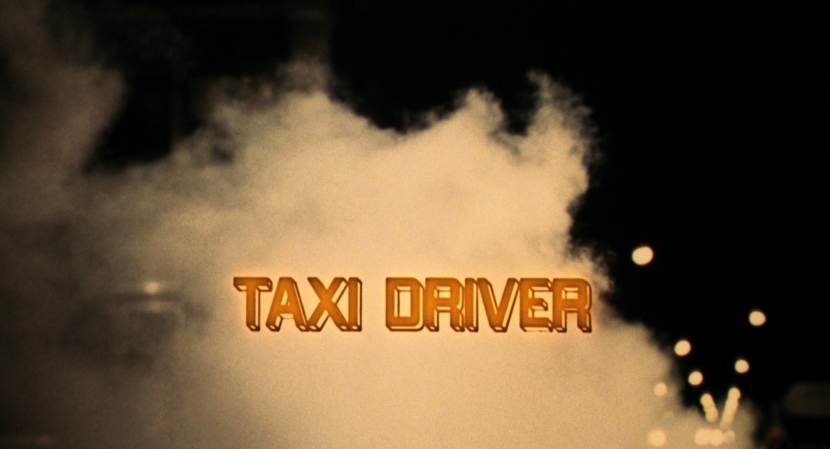
The theme music for “Taxi Driver” is a hypnotic arresting score which feels like militarized call to arms, infused with jazz. As the film begins, we see a yellow cab driving through a cloud of steam, and the theme music attacks the viewer as soon as the first frame is revealed. The powerful score grabs your attention from the first moment you hear it.
Bernard Herrmann was a legendary composer scoring such films as “Citizen Kane”, “The Day the Earth Stood Still”, and is best remembered for his frequent collaboration with Alfred Hitchcock composing the scores for “Psycho”, “Vertigo”, and “The Man Who Knew Too Much” and during his career, the composer worked with notable directors like Orson Welles and Francois Truffaut.
After composing the scores for two of Brian De Palma’s films, “Sisters” and “Obsession De Palma”, he introduced the legendary composer to Scorsese, and Hermann would go on to score “Taxi Driver” which ended up being the last film Hermann would ever score because he passed away after composing the film’s music. The music plays a big role in the film because of its chaotic nature, and it’s so dramatic that it helps ratchet up the tension in the film.
6. Climatic Showdown
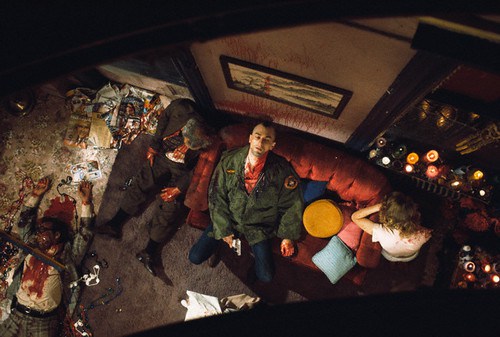
Once Travis has completely lost his mind, he cuts his hair into a mohawk and seeks a resolution to the demons that haunt him. After aborting an assassination attempt on a Presidential candidate, he turns his sights on saving a young teenage prostitute, Iris, played by Jodie Foster. The bloody shootout at the end of the film is one of the best in movie history.
What makes the showdown so shocking is that Scorsese doesn’t build up to the climax; it happens spontaneously like all random acts of violence. After shooting Iris’s pimp Sport, played by Harvey Keitel, Travis heads to the tenement building where Iris turns tricks, and he unleashes a shocking level of violence; he shoots and stabs anyone that’s in his way and even after getting shot in the neck, he still soldiers on killing everyone that confronts him.
Once he reaches Iris, Travis tries to kill himself but is out of bullets. And when the police finally arrive, a bloody and battered Travis lays against a wall raising his hand to his forehead shaped like a gun, and metaphorically pulls the triggers several times. This moment is one of the most haunting and powerful scenes in the entire movie.
7. Redemption
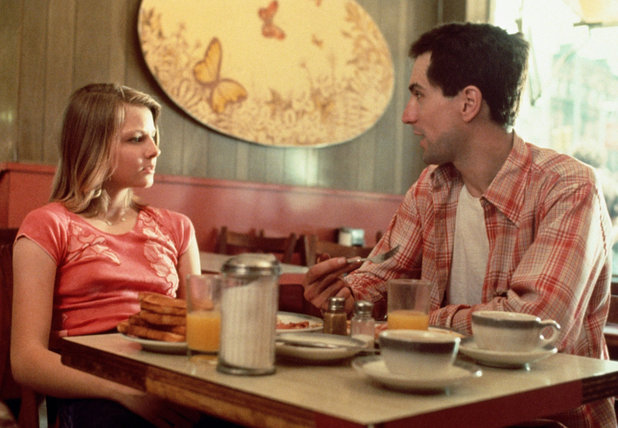
The end of “Taxi Driver” is truly surprising because Travis Bickle became a local celebrity, as the news tabloids in the city report how this brave selfless cab driver dueled it out with hardened criminals to save an underage girl from a life of prostitution. A heartfelt letter from Iris’s parents helps put Travis’s actions into context; even though he’s mentally unstable, his morality was higher than most, and Travis finally received something he’d been looking for his entire life – acceptance.
At the end of the film, Betsy, Travis’ former love interest (played by Cybill Shepherd), comes to pay Travis a visit. Earlier in the film, she rebuffed Travis after he naively took her to an X-rated film on their first date, but now like everyone else, including the audience, she views Travis in a different light.
After Travis drops Betsy off at her apartment, he drives off as a hero, but is he truly free of his demons? Travis spots something in his rearview mirror that questions his sanity; Scorsese does this on purpose and explains the ending: “I had him look in the mirror again as if he just saw something happen quickly; he checks the mirror and I wanted to give the impression that the time bomb is beginning to tick again and it’s going to happen again.”
Author Bio: R. Prince is a filmmaker from Harlem, New York and the author of the book How to Roll a Blunt for Dummies.